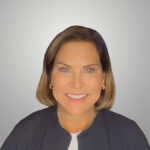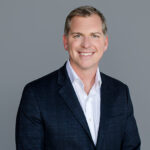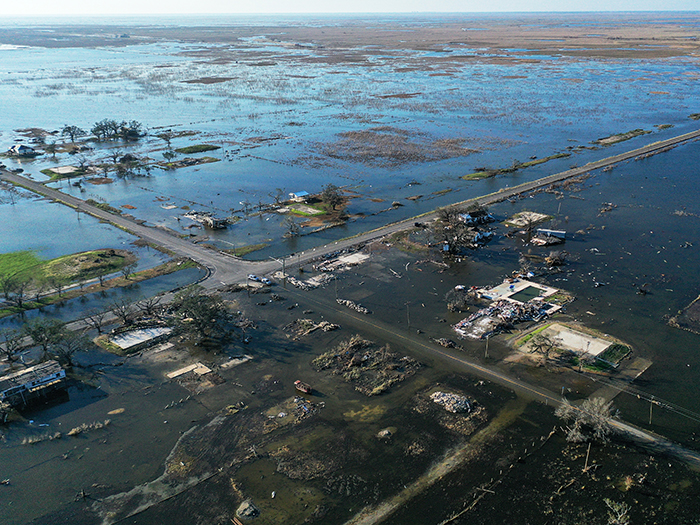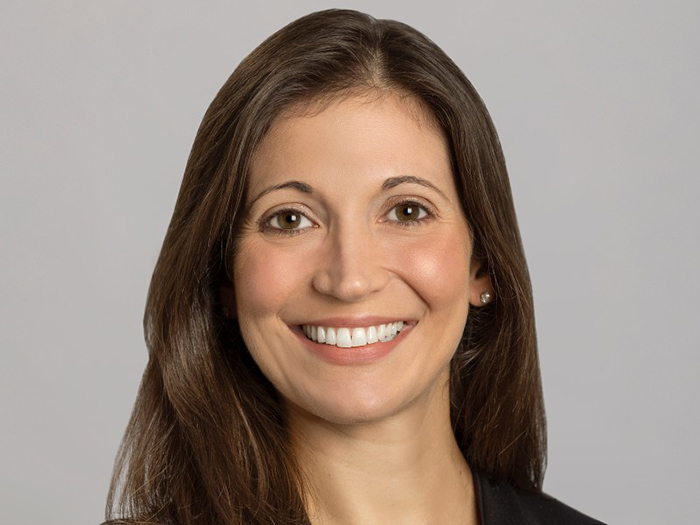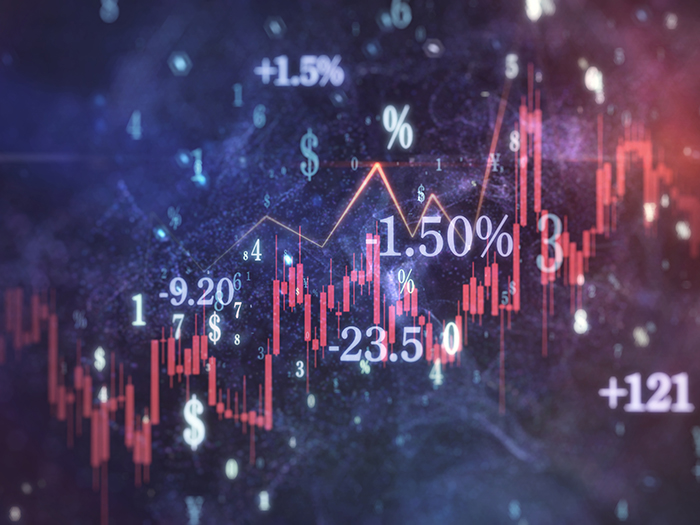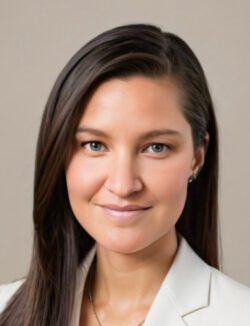A Glimmering Reputation: How Triple-I CEO Sean Kevelighan Makes Sure the Insurance Industry Sparkles
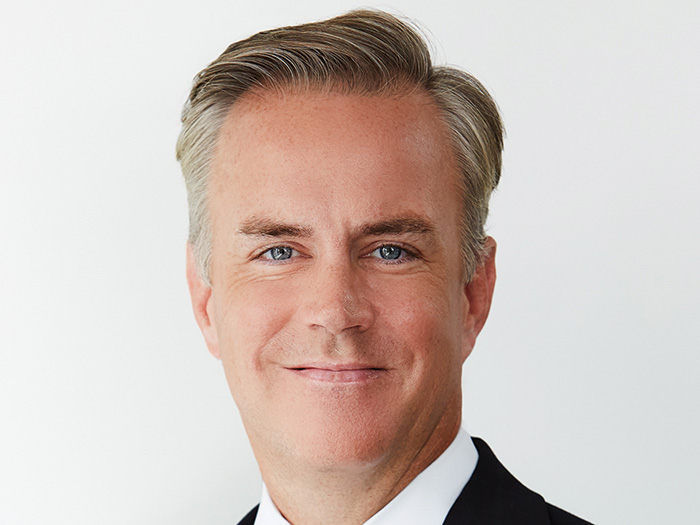
It’s not uncommon for insurance professionals to say they fell into the industry. Most people’s perceptions of the industry come either from TV shows and movies, where insurer’s jobs are portrayed as dull, paper-pushing positions, or from the complex process of dealing with an insurance claim.
People who stereotype the insurance industry as boring or overly-complicated, obscure the necessary role commercial and professional lines play in helping individuals and businesses become whole after an accident occurs.
The Insurance Information Institute (Triple-I) wants to change that.
As a media conduit, Triple-I faces the hefty task of explaining to the public the complex role insurance plays in everything from auto accidents to natural disaster recovery efforts.
Risk & Insurance® sat down with Sean Kevelighan, the organization’s CEO, to discuss Triple-I’s role in translating the inner workings of the insurance industry to a broader audience, its new affiliation with The Institutes and what the future holds for the organization.
Risk & Insurance: You’ve been CEO of Triple-I since 2016. Could you share with our readers what brought you to that role?
Sean Kevelighan: I had been affiliated in one way or another with Triple-I really since I came into the industry in 2008. Before going into the industry, I was at the White House budget office and surrounded by economic data and information. We knew we’re seeing signs of trouble in the economy.
I was talking with the insurance company that I eventually went to work for, Zurich, and it was made very clear through the investment strategy for the company and other factors that this industry was going to withstand that financial crisis. Insurance is an industry that’s made to be stable through economic ups and downs.
That reason alone made me take the job to go into insurance. But I also wanted to advocate for talking about that more. Once I got into the industry, I realized that we weren’t as comfortable talking about how we were going to withstand this because we are a strong and sustainable industry.
Unfortunately, we ended up with some insurance companies being labeled with the likes of the big banks. There was not an understanding that the modeling insurance companies used was much more long-term and sustainable. Insurers invest for the long-term.
So you had many insurers for several years trying to unwind this label that was put on them, because they were associated with the banks. Because the industry performed just as was told when entering it, I grew a passion for this industry over the years. So to then have the opportunity to go to Triple-I where I was able to communicate with the public and potentially change the perception and understanding of what we do for economic growth and sustainability, I jumped at the opportunity.
R&I: Part of Triple-I’s mission is to provide ordinary people with a wider awareness and understanding of the risk management and insurance. In what ways has the organization been working towards that mission?
SK: We strive to be a trusted source to deliver objective, data driven insights to help consumers, industry professionals as well as public policymakers better understand insurance and risk management. We look at the various industry issues that are out there that get reported on regularly and we ask ourselves: What’s the opportunity or reputational challenge that goes along with this issue and what’s the level of public understanding?
Based on that, we find certain issues are more of what we need to inform the public and others that we need to just manage and keep an eye on. We have a really good relationship with our executive leadership council, where twice a year we discuss these issues.
So for example, natural catastrophe and climate risk resilience is a big issue for us. It’s what impacts the consumer most and so they need to understand the role of insurance in keeping them protected and rebuilding after a loss.
Similarly, in this day and age, we’re seeing the industry and consumers being impacted by legal system abuse. It’s really putting a strain on the risks that are out there and pricing those risks accordingly. So one question has been, how do we inform people about what’s going on with the likes of third-party litigation funding, where people who have no stake in a lawsuit — like hedge funds and foreign investors?
Especially over the last couple of years, we’ve really come together to help educate and serve as a conduit to the members of the media, who are trying to learn about insurance.
We’ve spent a few years bringing in some new people all of whom are seasoned in the insurance industry. We’ve got a chief insurance officer, who’s an actuary. We have a new chief economist, who’s also a data scientist. We have a new head of social media, some new media relations directors, and they have been putting a plan together to make sure we are delivering data-driven insights.
The results of these efforts have really been speaking for themselves. We had close to 2,000 media citations in 2021, and more than eight million visits to our website.
R&I: How well perceived do you think the insurance industry is by the broader public and how do you think that’s changed since the recession when you first started working in the industry?
SK: I think the industry has always, to some degree, struggled with its reputation. However, the world is becoming more and more risky. We’re seeing more fatalities on the roads than ever before; more people live in areas that are in harm’s way, in places like South Florida, Texas and California. So now, people are getting more and more interested in risk management and resilience. They’re understanding that insurance and risk management is important.
R&I: So Triple-I’s research is obviously at the forefront of the industry. How do you meet the challenge of working with the media to help the world to understand insurance?
SK: We have to speak their language whether our audience is the media, the consumer, policymakers or even other industry professionals. That’s what we try to do at Triple-I. We try to deliver information in a way that can be absorbed at a very broad level.
We do the technical stuff with our economics and underwriting forecast work, but what we also do very well is provide information that’s digestible to a broader audience.
We put ourselves in the role of the consumer and make sure we’re paying attention to words and phrases that may resonate with that person. I strive for our team to be empathetic. It’s understandable that when you’re dealing with the likes of catastrophes and often the worst moments in people’s lives, that’s a challenging time for anyone.
So how do you lead a discussion in a way that understands these can be challenging and frustrating times, especially for someone who may not understand that their homeowner’s insurance doesn’t cover flood unless they buy a separate policy?
You can see from COVID how challenging this can be for folks. Businesses were filing business interruption claims because they didn’t know that a virus doesn’t cause the physical damage that’s necessary for a claim. We have to lead these discussions in a way that is empathetic to the frustration, but also informs people what that contract means and why these terms are in place.
R&I: What are some of your latest research findings and how have you communicated it to the public?
SK: We put out what we call research briefs on issues where we are trying to explain things in a way that appeals and is understandable to a broader audience. Most recently, we put out a research brief on risk-based pricing to help people understand what goes into that. We created a very simple, quick brief and then we distributed it out through our social media channels and to our traditional press release channels.
We’ve done that with various things. Cybersecurity is very much an up and coming issue that people need to understand better. So in that case, we put out a digital explainer that’s interactive and it helps people better understand what cyber insurance is and what it is not.
Soon, we’ll be putting out community resilience ratings which show how our economists and data scientists were actually able to use the data and artificial intelligence to prove that insured communities are more resilient. Through that, they’ve been able to figure out how to develop a tool that rates individual counties and their resilience levels.
R&I: What challenges do you face as the go-to source for local and national media looking to better understand the insurance industry?
SK: I think time is always a challenge. Because there are things that you need to explain that take time and oftentimes the media doesn’t necessarily have that time. So we need to make sure that they understand how things work and how the environment outside of insurance influences the industry.
I’ll give you an example. We were in a southern state that suffers from significant lawsuit abuse and fraud and as well as climate risk. We were sitting down with some members of the media there and they were shocked to learn that their state was one that was struggling with litigation and lawsuit abuse. They were shocked to learn that third parties were funding this litigation. They were shocked that there was fraud.
And they didn’t know when you have those types of environments, it can make some risks higher, and the insurers have to price it accordingly. Some insurers just can’t price it at all and they need to withdraw from those markets.
Insurers were withdrawing and, and insurers were going under even, but the general public was just seeing high insurance rates and getting upset about that, rather than taking the time to learn about why this was occurring.
R&I: Two years ago, Triple-I — like Risk & Insurance — became an affiliate of The Institutes. What drove the decision to partner with The Institutes?
SK: There’s a couple of things that drove the merger. One, we saw an opportunity to leverage what each organization was doing to help each other get further in their own individual missions.
In our case, we needed some support to develop new revenue channels. Triple-I historically had been almost entirely funded by membership and we needed to have more diversified streams of revenue to build a more sustainable future.
The Institutes has been very helpful in doing that. In the last couple of years, we’ve built a sizable non-member revenue stream.
The other part of it is that The Institutes network of affiliates allows us to work as a team and leverage our various strengths to help further our own individual missions. There’s a real network here that we can leverage.
R&I: What would you say the upsides of the partnership has been?
SK: Combining our cultures has really generated an even stronger sense of teamwork. Triple-I has been a relatively small and scrappy organization that fulfills its mission well, and now we’re reaping the benefits of being part of a larger team.
R&I: What’s next for Triple-I? What issues are you looking at? What are your plans for the next few years?
SK: We’re beginning to see a compounding of the issues I mentioned around legal system abuse and climate risks and how they’re coming together. We’re finding that there are challenges in states like California, Florida and Louisiana, where there isn’t as much insurance availability, because perhaps insurers can’t price the risks.
So what we’re trying to do is help people understand that this industry is shifting. Insurance has traditionally been known for coming in and helping with repairs after a catastrophe. However, as the world is becoming riskier, the insurance industry is shifting toward predicting and preventing. Preventing the catastrophe is a win-win for the consumer as well as the insurer.
We also need to educate and inform consumers about what they can do, because the more the consumer changes their behavior the more we can manage the risks. Take property purchasing, as an example. Most people don’t think about the risks of a property until it’s way too late. So we’re considering how we can help people get through that process and begin to incorporate some of this risk awareness in risk management. &



